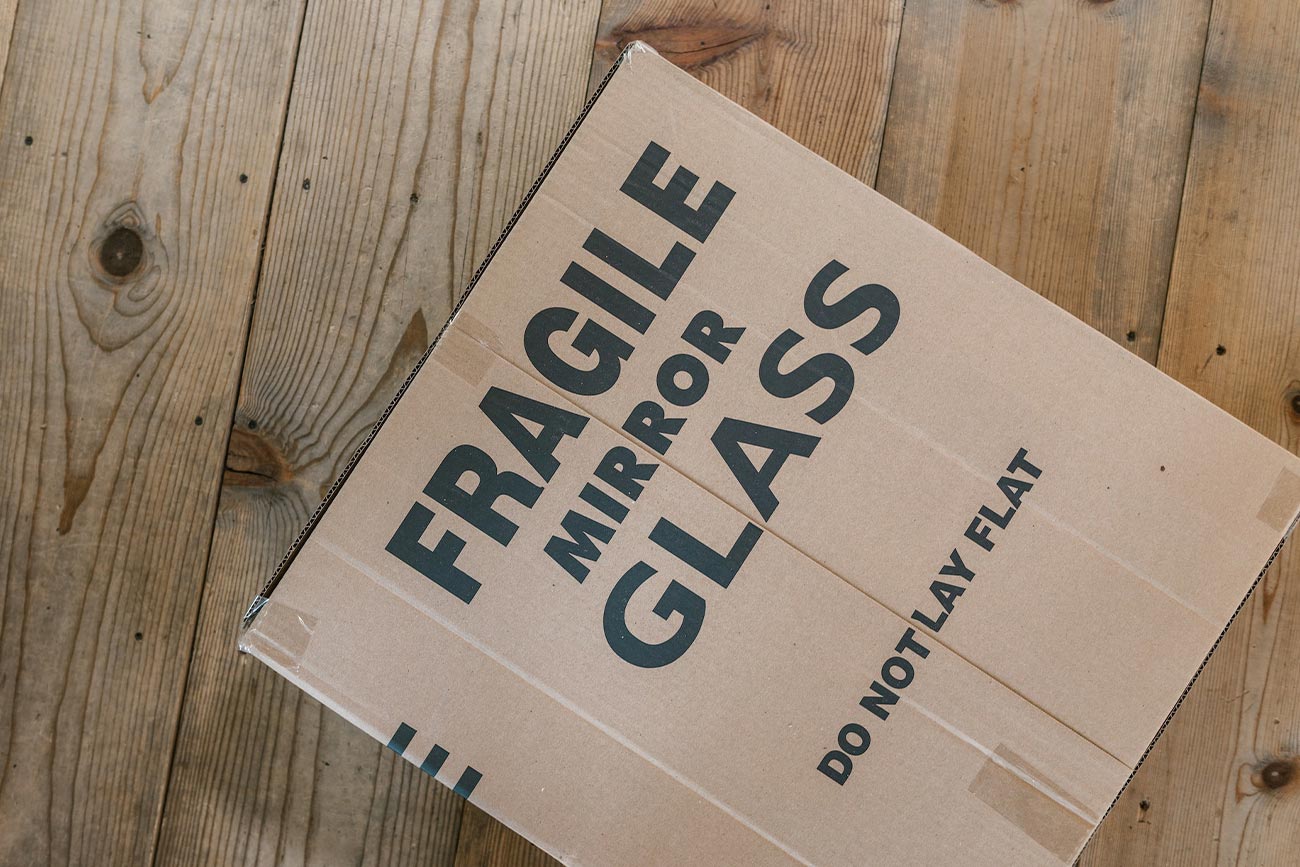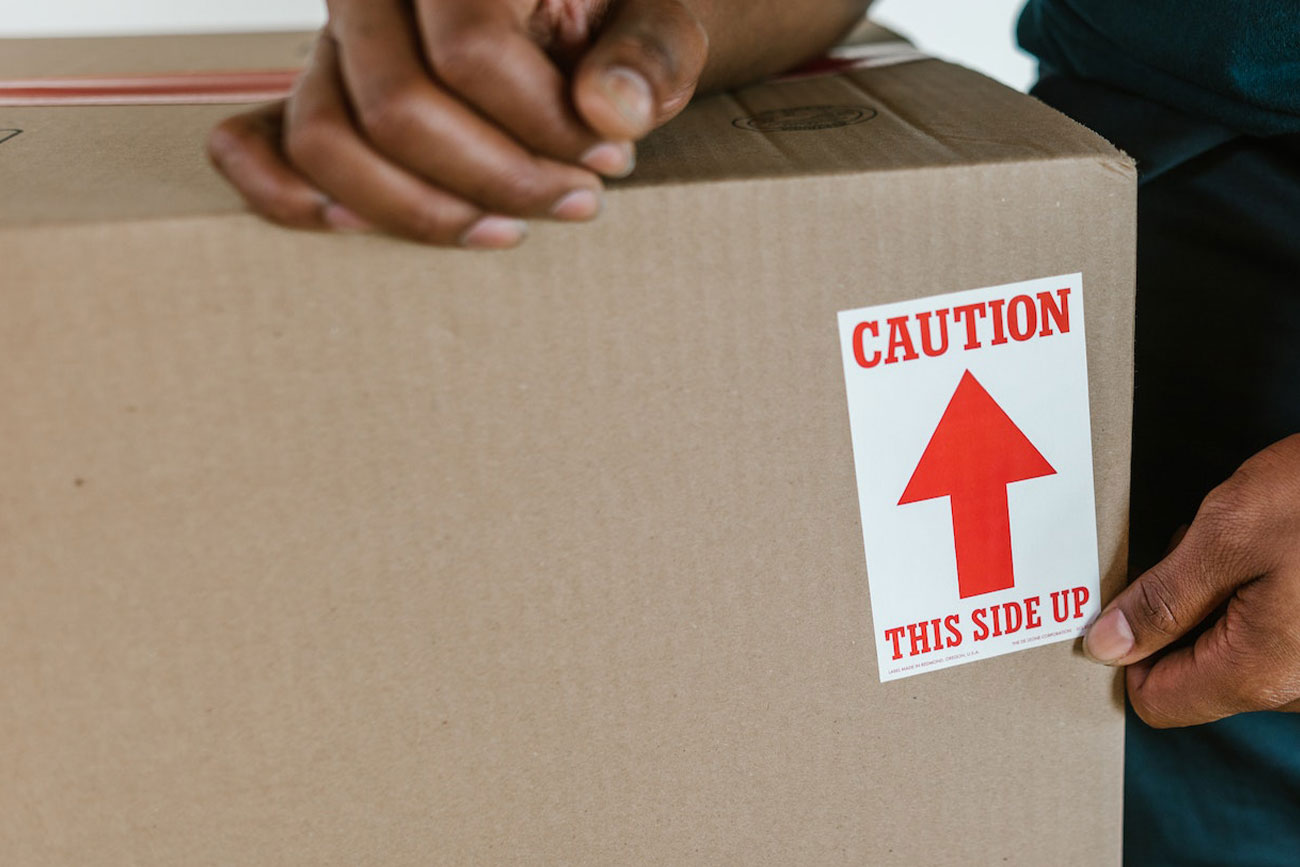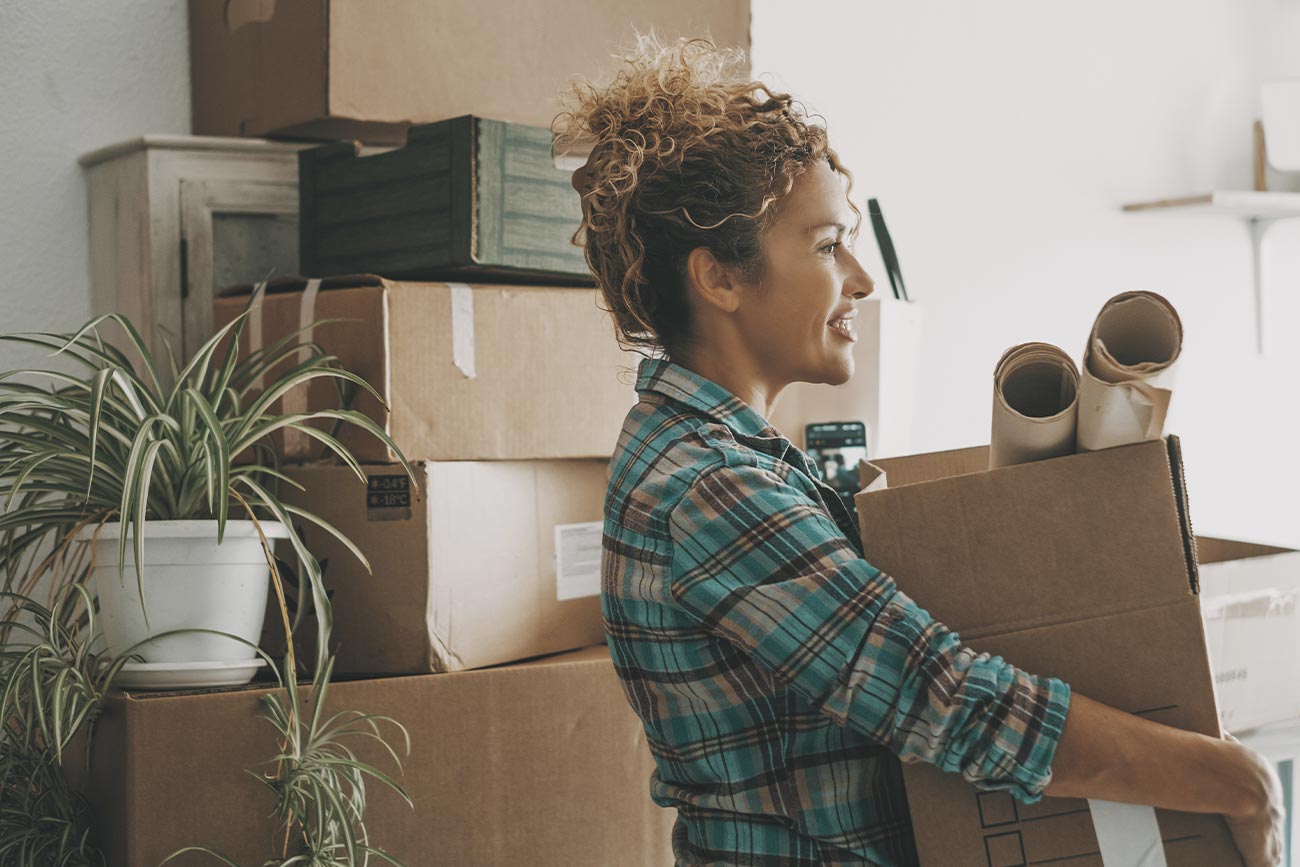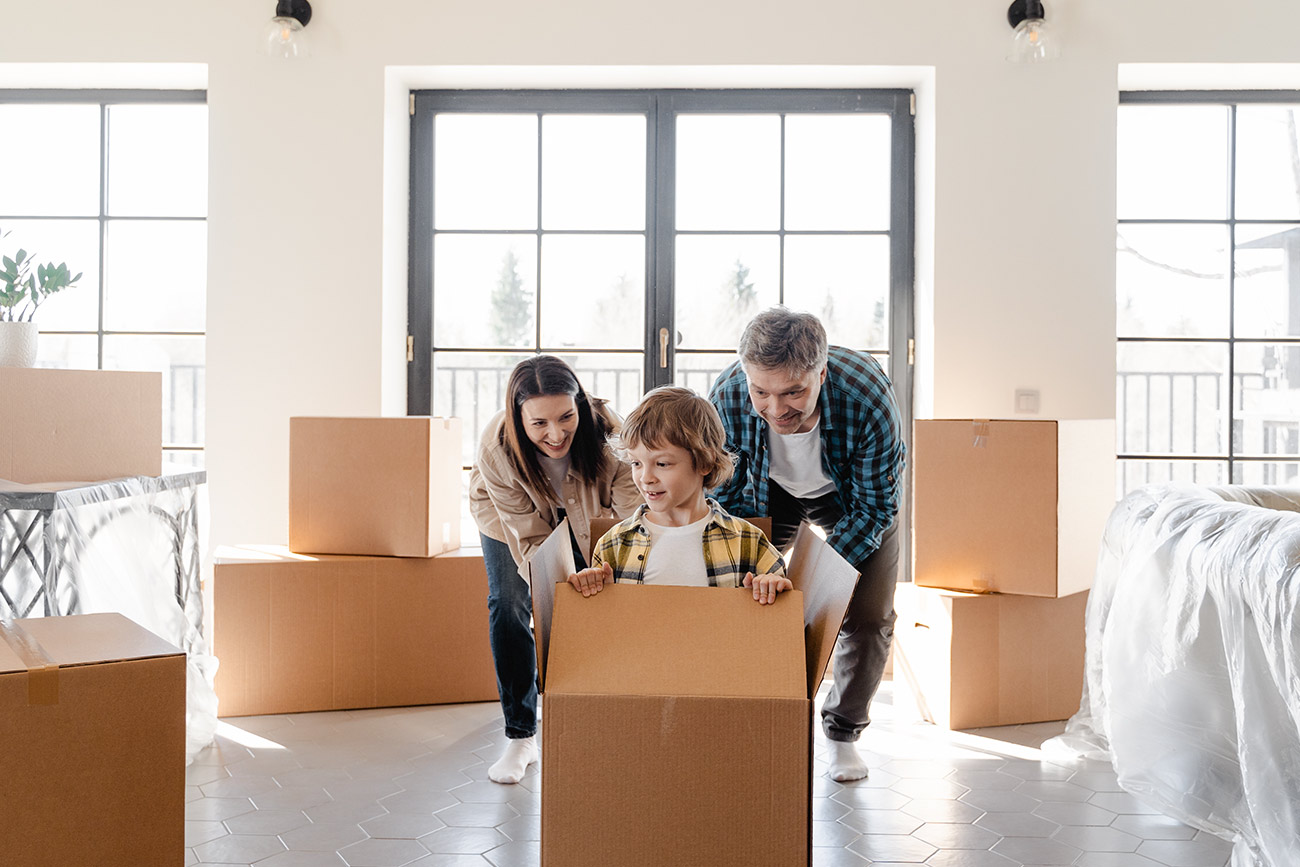
Tips for Packing Fragile Items
Packing fragile items is one of the relocation’s most demanding tasks. It seems natural to be concerned that these goods could break or sustain damage during transportation. Because moving requires a lot of handling of boxes, you need to take extra care with your sensitive items to make sure they are safe and secure.
The first step in preserving your sensitive items is how you pack them. You should take particular caution when selecting the equipment and techniques you use. Even the most delicate goods may be transported safely if you take additional precautions and pay close attention to how you pack them.
Today we will give you some tips on how to pack those fragile and dear belongings of yours. Before we do that let’s see what those tips are going to apply to.
- Wine glasses, mugs, and even pint glasses can break while you’re moving. So, glasses come to everyone’s mind first, and for good reason.
- Plates: If you’re not careful, plates and other fragile glassware might get broken or damaged.
- Artwork: When transporting your favorite works of art to your new home, watch out for dents and holes.
- Lampshades are a common home item that is prone to cracking, denting, and bending.
- You’re trying to do the right thing by keeping these liquid cleansers on hand to clean your new property, but if you make a mistake, cleaning supplies might spill everywhere. This one isn’t fragile as it can be very bad for your other stuff.
- Wine bottles: Have you been storing some to crack open when you get to your new house? It should be stored safely.
- Mirrors: Breaking one is unlucky, especially while moving. In some cultures, it is seven years of bad luck!
- Electronics: Be careful while removing items like TVs and game consoles from the moving vehicle.
- Books: During a transfer, your books may sustain ripped pages as well as soiled and dented covers.
Choose your boxes
Choosing the right moving boxes is essential and you should definitely put them on your ultimate packing supplies checklist. For example, glassware is particularly susceptible to damage during a relocation, but investing in the right packing may make all the difference. For various kinds of delicate things, there are boxes with specific designs. To properly safeguard your belongings from harm, use these particular crates. For dishware, use dish packets. For further safety, the walls of this box are twice as thick. Always cover each dish with paper, and be sure to cushion the base and sides with crumpled paper. Mirrors work best in flat boxes.
Mirrors are easily broken during a move, but by placing them in flat boxes and covering them, they have less room to move around inside the box. In their original packing or double-corrugated cartons, pack electronics products. Use the original packaging if you have it for electronic devices like a record player or stereo for the greatest protection. For fragile tech objects, alternatively, use double-corrugated boxes or dish packs. Place wine bottles and glasses in cell boxes. Smaller goods like glasses, stemware and even wine bottles won’t move around in cell boxes thanks to their partitions.
Labeling!
One of the many important pieces of moving advice is to label your boxes with fragile items. This is needed for more reasons than just figuring out where to put them once you’ve moved. Clearly and aggressively label any crates containing anything breakable, including artwork, glassware, and technological equipment, with the word “fragile.”

Wrapping
Filling any holes or empty spaces with paper, bubble wrap, or similar soft filler is one of the best ways to prevent damage. Things like putting paper on the inside of glasses, and using bubble wrap or paper to wrap that fragile artwork are just one of the common practices. To prevent objects from slipping within a box, stuff any holes with crumpled paper or bubble wrap.
Make sure liquids are safe
Cleaners and other liquid products should be sealed when packed to avoid leaks. Use this for every bottle: Take off the cap, cover the opening with a thin piece of plastic wrap, replace the cap, and tape the cap to the bottle completely, holding it in place.
If at all feasible, place the cleaning products first inside a bigger box, followed by a clean mop bucket or cleaning caddy.
Lampshades
Surprisingly, lampshades are prone to harm. Each lampshade should be placed in its box, covered with bubble wrap, and filled with crumpled paper. Avoid stacking anything else on top of the lampshade since it can make it rip or collapse.
Make boxes extra safe
It’s crucial to cushion the box’s foundation with paper or bubble wrap, regardless of the fragile objects you are packing within. By keeping objects like dishes or vases from shifting, this step gives an additional line of protection if the box is jostled or disturbed.

Using thick boxes
The weight of fragile things is less likely to cause the sides or bottom of thick, strong boxes to collapse. Choose moving-specific boxes, especially those marked as heavy-duty or robust. Additionally, you might get dependable, cost-free moving boxes from your neighborhood booze or restaurant.
Don’t Overpack
Do not rely on cardboard boxes to support heavier loads than necessary because they do not survive indefinitely. Pack delicate products in stronger cardboard boxes that can take the stress from sudden movements or the danger of punctures if you’re concerned about them becoming damaged. As we said above.
On the other hand, don’t give room for fragile goods to move around in vacant spaces. Look at the wrapping! While packing materials should be utilized to avoid the chance of fragile things banging together, the weight of your boxes should be maintained as low as possible. Items should also be kept safe and snug throughout shipment.
Heavy at the bottom
Start with the heaviest item when putting many goods in a box for added support. The box won’t become top-heavy and fall over or collapse in the middle if you use this technique. Placing smaller, lighter objects near the top can also protect them.
If you’re packing kitchenware, for instance, you might want to start with your favorite casserole dish at the bottom and put your carefully wrapped coffee cups at the top.

Tape for security
Use plenty of packing tape to seal each box containing fragile items as tightly as you can. For box packing, use strong packing tape. Along the joint where the cardboard joins, run a couple of pieces of tape. For added support, use tape in both directions.



